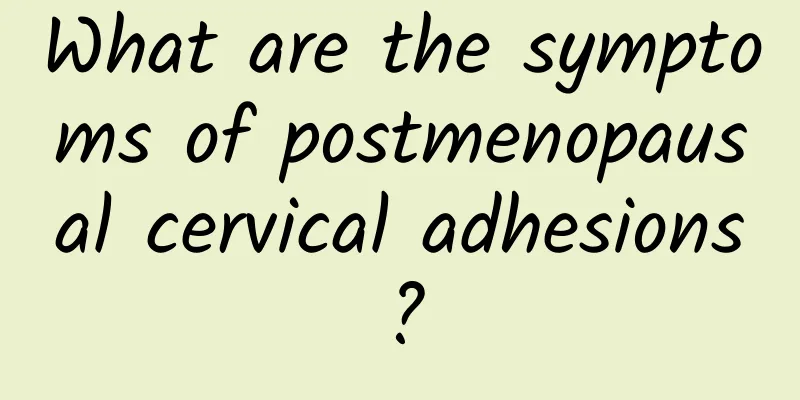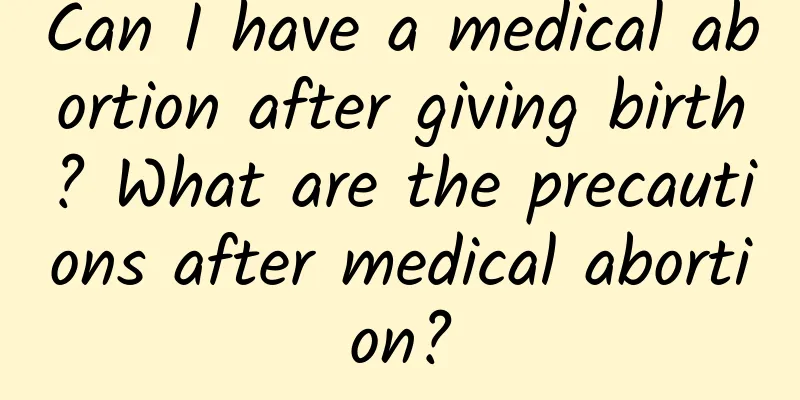What are the symptoms of postmenopausal cervical adhesions?

|
Common symptoms of postmenopausal cervical adhesions include irregular vaginal bleeding or abnormal vaginal discharge, which indicate the need for prompt medical attention. 1) Physiological changes: decreased estrogen levels after menopause lead to cervical atrophy and adhesions. 2) It may be accompanied by repeated infections, which can easily aggravate the condition. 3) Treatments include hormone therapy, hysteroscopy, and physical therapy. 1) Physiological changes: After menopause, the estrogen level in women's bodies drops significantly, which may cause the cervix and reproductive tract mucosa to become thinner, making it more likely to cause cervical adhesions. Estrogen not only maintains the normal function of the reproductive system, but also protects tissue elasticity and lubricity. 2) Infectious factors: Cervical adhesions may also be caused by repeated inflammation or infection of the reproductive tract. This type of situation is more common when estrogen levels drop after menopause. Inflammation may lead to scar tissue formation, which in turn causes cervical stenosis. 3) Treatment: There are many ways to treat cervical adhesions. Hormonal therapy may be recommended to help restore normal function of the reproductive tract and prevent the formation of adhesions. Hysteroscopy is an effective diagnostic and treatment method that can separate adhesion areas under direct vision. For patients with mild symptoms, physical therapy such as physical dilation may also be an option. Timely treatment can effectively relieve symptoms and prevent complications. If irregular bleeding or abnormal secretions occur, please seek help from a professional doctor as soon as possible. Understanding and paying attention to physical changes after menopause, maintaining health in daily life, and regularly undergoing necessary gynecological examinations are essential for preventing postmenopausal cervical adhesions and other reproductive system diseases. Active treatment and attention to daily health care should be taken to maintain good reproductive health. |
<<: What are the symptoms of cervicitis and cervical erosion
>>: How many days after menopause can you exercise?
Recommend
What are the effective measures to prevent pelvic inflammatory disease?
Women must pay attention to daily care during the...
What are the dangers of pelvic peritonitis in women?
In daily life, pelvic peritonitis is very common,...
Eating too many mooncakes during the Mid-Autumn Festival will cause obesity and soaring blood sugar? Nutritionist: Sugar-free tea has zero calories and quenches thirst and relieves greasiness
The Mid-Autumn Festival is coming soon. If you ea...
Try to lose weight in spring! Ginger cooking can boost metabolism
Spring is a good time to lose weight! In the outp...
Prevention of vaginitis
Vaginitis is an inflammation of the vaginal mucos...
Patients with uterine fibroids should control their diet after surgery
Uterine fibroids are a common disease among women...
What diseases should be differentiated from pelvic peritonitis?
In daily life, we should pay attention to the dev...
Pelvic inflammatory disease often has symptoms such as menstrual disorders
Pelvic inflammatory disease usually has symptoms ...
Create goddess legs! Quickly learn Wu Wenxuan's 5 stretching methods
The waiting time during recording is sometimes ve...
Say goodbye to puffy and bad complexion! Women who love beauty must learn the "first aid method for edema"
Swelling is more annoying than being fat! You hav...
Is cervical erosion and cervical hypertrophy easy to treat?
Cervical erosion and cervical hypertrophy are com...
Choice of different treatment methods for threatened abortion
The name of threatened abortion sounds scary, but...
How high is the CA125 level in adenomyosis to be considered cancer?
CA125 is a tumor marker, but it is not possible t...
What are the dangers of Bartholinitis to women?
Bartholinitis is an inflammation caused by infect...
TCM treatment of functional uterine bleeding
Cai, 30 years old, was depressed 9 years ago beca...









